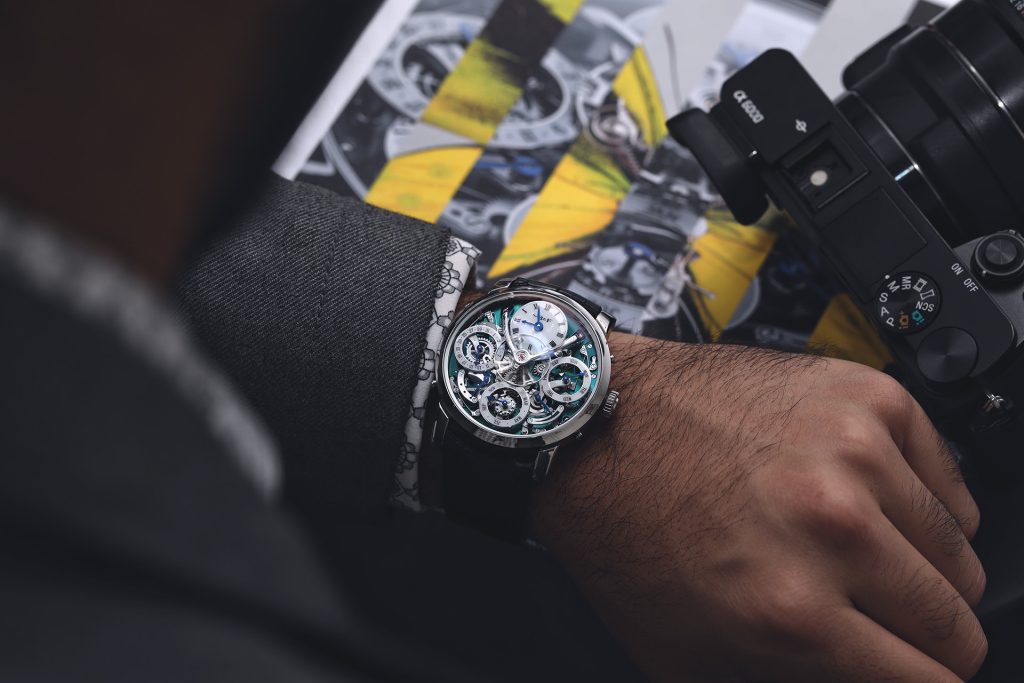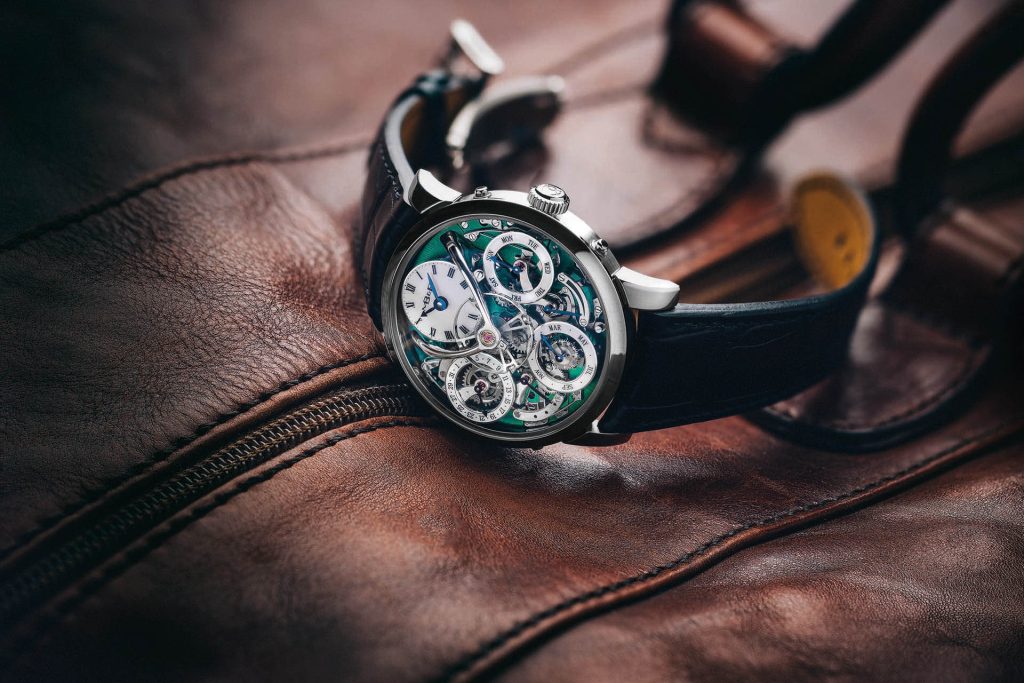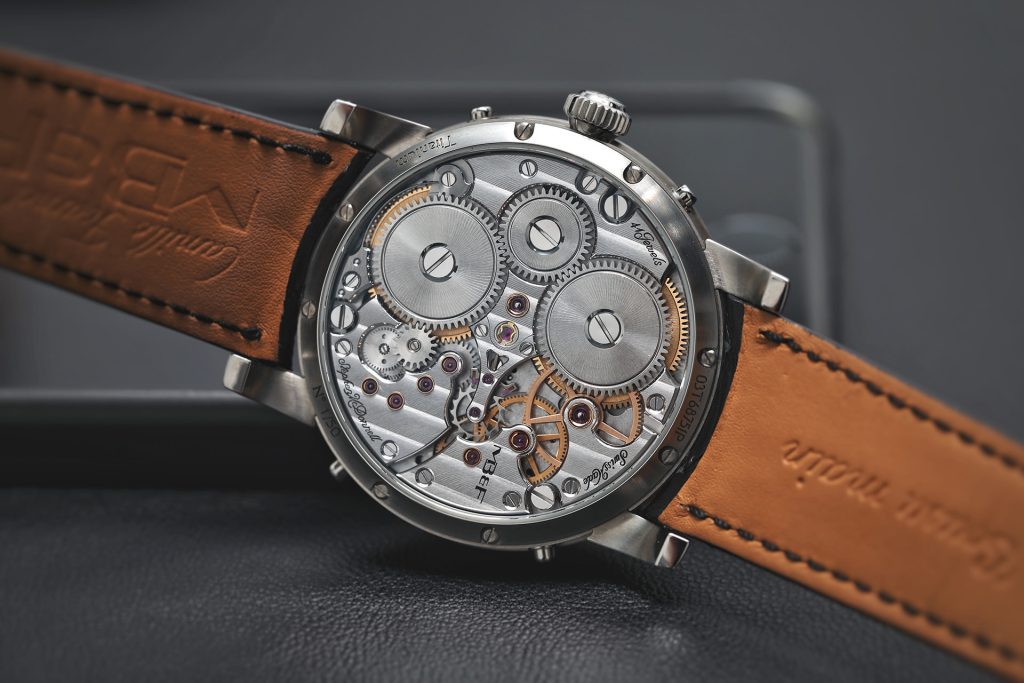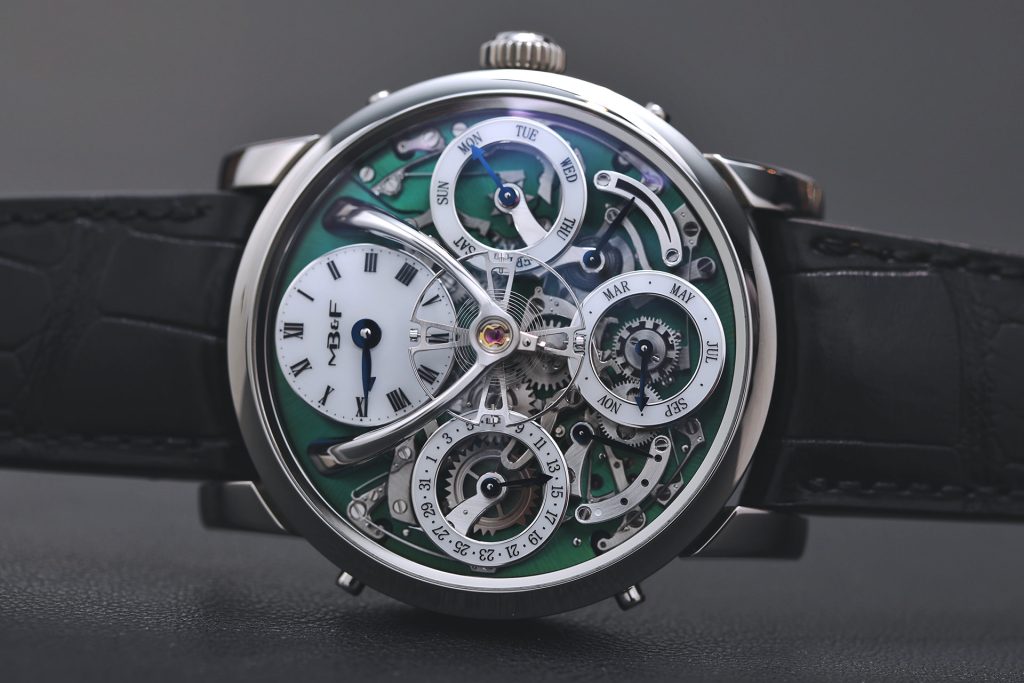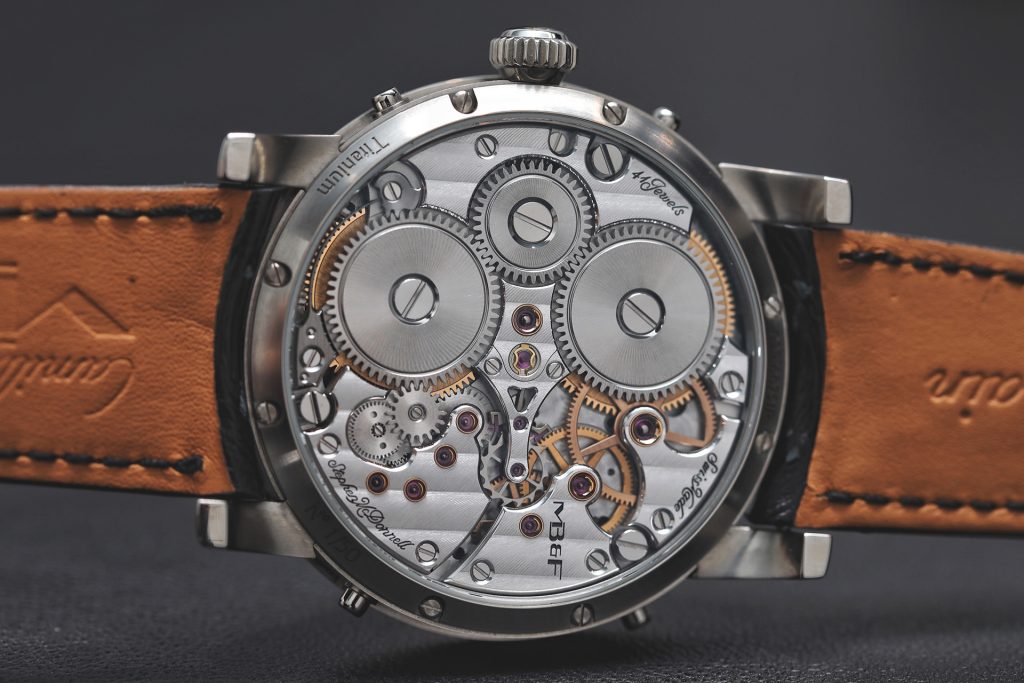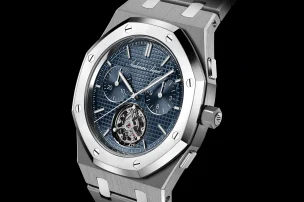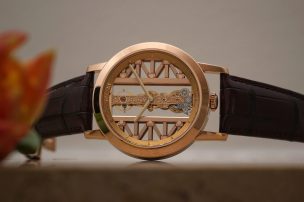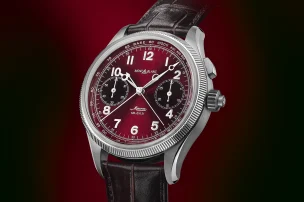
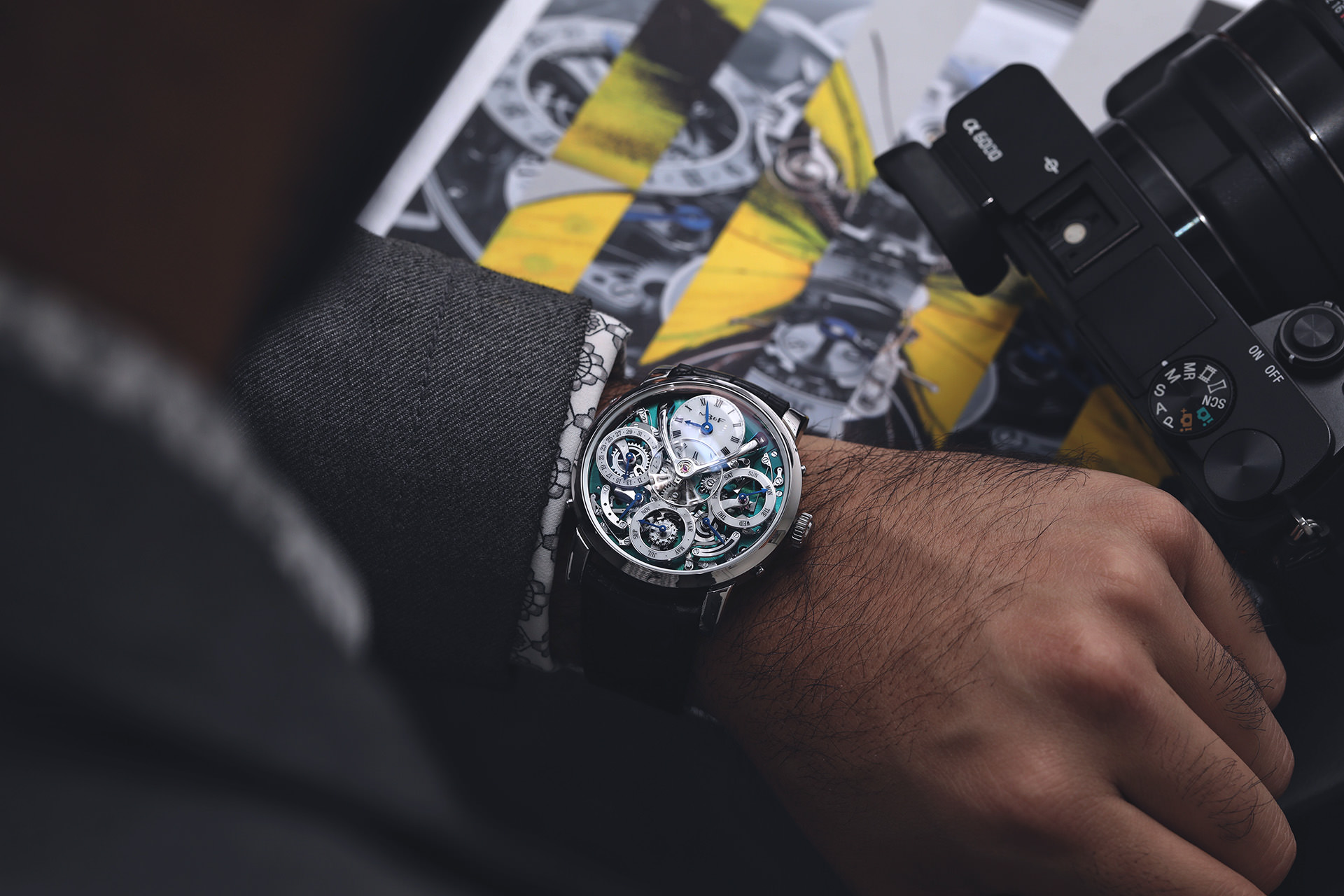
A look into the Future with the new MB&F Legacy Machine Perpetual Titanium
The perpetual calendar is surely one of the most complex challenges in wrist-watchmaking. The system is based on the Gregorian calendar, which was calculated by pope Gregor XIII in 1582 and is quite inconsistently bearing in mind the different days per month and not to forget the leap years. It’s a complex mathematical calculation and a perpetual calendar wristwatch masters them, at least most of the time.
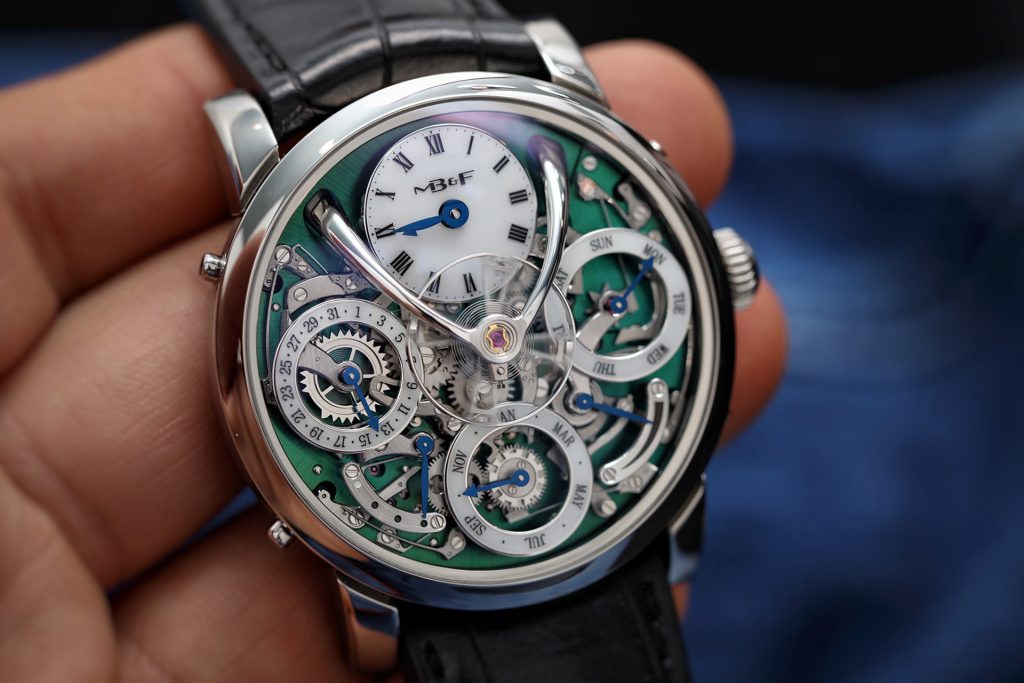
The MB&F Legacy Machine Perpetual Titanium
To keep it short – traditional perpetual calendar mechanism are set to 31 days per month and basically delete days for the month with fewer days by fast-forwarding through the redundant dates during changeover. So for example changing from February 28th to March 1st the mechanism scrolls quickly through the 29th, 30th, and 31st to arrive at the 1st. That often causes a wrong date skipping or jamming gears. A fascinating thing about watchmaking is, that there sometimes seem to be no limits. It is complex enough to fit a perpetual calendar mechanism into such a relatively tiny wristwatch case, but there are always creative minds that revolutionize existing ideas.

Friend of the brand – the Irish watchmaker Stephen McDonnell contributed to the new LM Perpetual
The independent watch laboratory MB&F (Maximilian Büsser & Friends) is a wonderful example. Since their establishment in 2005 they have become famous for their futuristic, fanciful timepieces. Maximilian Büsser is the Ridley Scott of the watch industry. He makes sculptures from a future age – let’s better call them machines. Machines that could play the leading role in a Marvel comic. It is really worth having a scroll through the MB&F Gallery. Some of their core philosophy is to involve friends of the brand into creating and developing collections, hence the name Maximilian Büsser & Friends.
In 2015 they have joined forces with the Irish watchmaker Stephen McDonnell and reinvented the perpetual calendar, solving some of the problems that traditional perpetual calendars suffer. The Legacy Machine Perpetual was born.
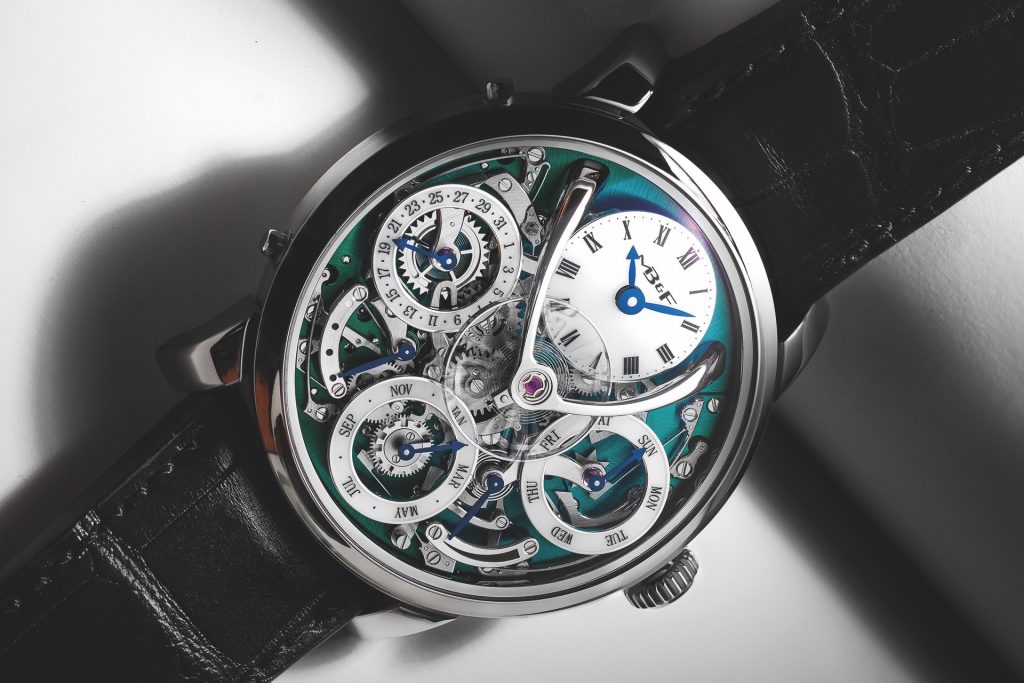
The suspended balance is floating above the dial despite a perpetual calendar complication
Perpetual calendar complications are usually compromises of modules powered by base movements. For their Legacy Machine Perpetual MB&F have developed and patented a ‘mechanical processor’, which is an in-house movement with a 581 component calibre. The fundamental difference is that it is set to 28 days a month (instead of 31) and just adds the extra days as required by each individual month. The major advantage: no skipping over, no possibility of the date jumping incorrectly. In process the adjuster pusher automatically deactivates when the calendar changes, eliminating any risk of damage. The mechanical processor also enables quicksetting of the year so that the leap year cycle is displayed correctly. Traditional perpetual calendar mechanisms require the user to scroll through 47 month to arrive at the right month and year.

The 44mm case has a good size on the wrist
Balance above, Escapement below
If you know MB&F creations you will know that for the Legacy Machine collection the suspended balance is always positioned in the centre of the movement, prominently floating above the dial. A standard perpetual calendar movement does not allow any space for such a gimmick, because the modules are in the way. Since MB&F is using their own in-house perpetual movement with its inbuilt ‘mechanical processor’ they developed the world longest balance wheel to connect the suspended balance on top of the dial with the escapement on the back of the movement. And it seems to run smoothly.

A smart in-house mechanical processor runs the perpetual calendar
The Legacy Machine Perpetual from 2015 was launched with a red gold or platinum case and then available in two white gold editions. Now, they made a titanium edition, which is limited to 50 pieces.


